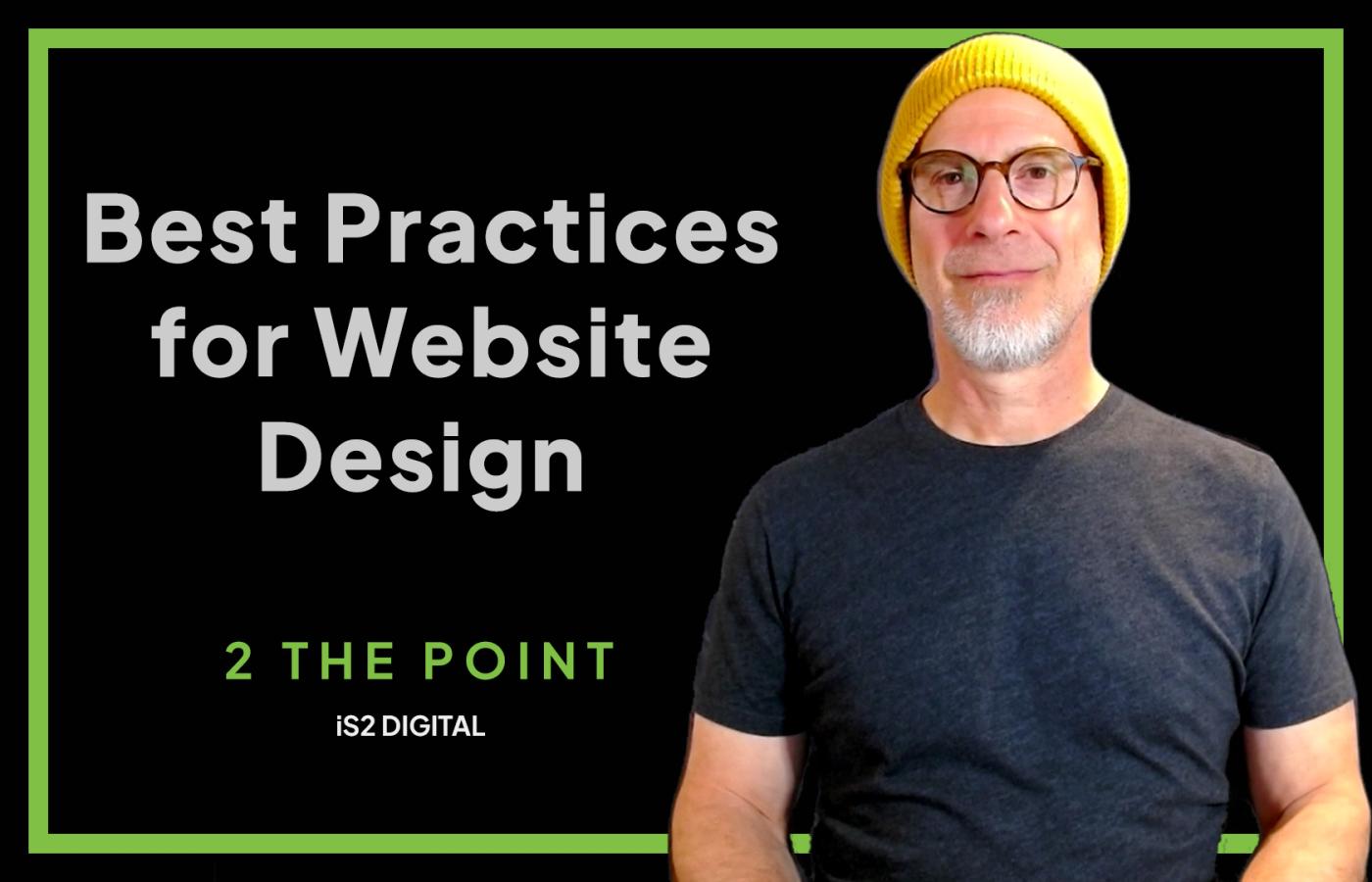What is Paid Inclusion and Can It Work For You?
Did you know that there are approximately 100 billion URLs out there—and Google, Yahoo!, and MSN only list around eight billion?
Given this fact, chances are slim that your site will be seen prominently—and that’s even with good SEO and SEM in place.
Enter one of the three components under the search engine marketing model to help with this challenge: paid inclusion. Simply, this is the act of paying an SE company to guarantee inclusion/placement of your site in search results.
There are three types of paid inclusion:
1. Paid Inclusion - Ensures that pages from your site are listed in a search engine’s database and re-spidered on a regular basis. No guarantee is promised for placement in SE rankings.
2. Paid Submission – Allows you to pay directories to review your site and get evaluated. The five key players are Yahoo!, FAST, AltaVista, and the LookSmart Directories. (Note: Free submission players include ISEDB, but only those offering free services qualify.)
3. Paid Placement - Enables a high-ranking listing for| particular search terms, via a flat fee or pay per click.
In our last article, we talked about the three types of paid inclusion.
Continuing on this topic, it is interesting to note that there are many search engines out there (such as Yahoo!) mix paid inclusion with Web crawling results. Google and Ask.com, however, do not allow paid inclusion in their search engine listings (ads are displayed separately).
What do those in favor of paid inclusion think? Well, they claim that using these services will help improve the relevancy of search engine results due to the indexing of pages formerly difficult to access. It also proves to be particularly useful for dynamic Web pages.
Those against paid inclusion cite the risk of only being able to achieve high rankings with payment, and therefore skewing search results so much as to make relevance ranking obsolete.
A big factor to consider is that paid inclusion may get you immediate listings—but there is no guarantee that it will put you in the top 10—or even in the top 100 results set. As algorithms change frequently, your place on a search results page still depends on how well your site is optimized.


